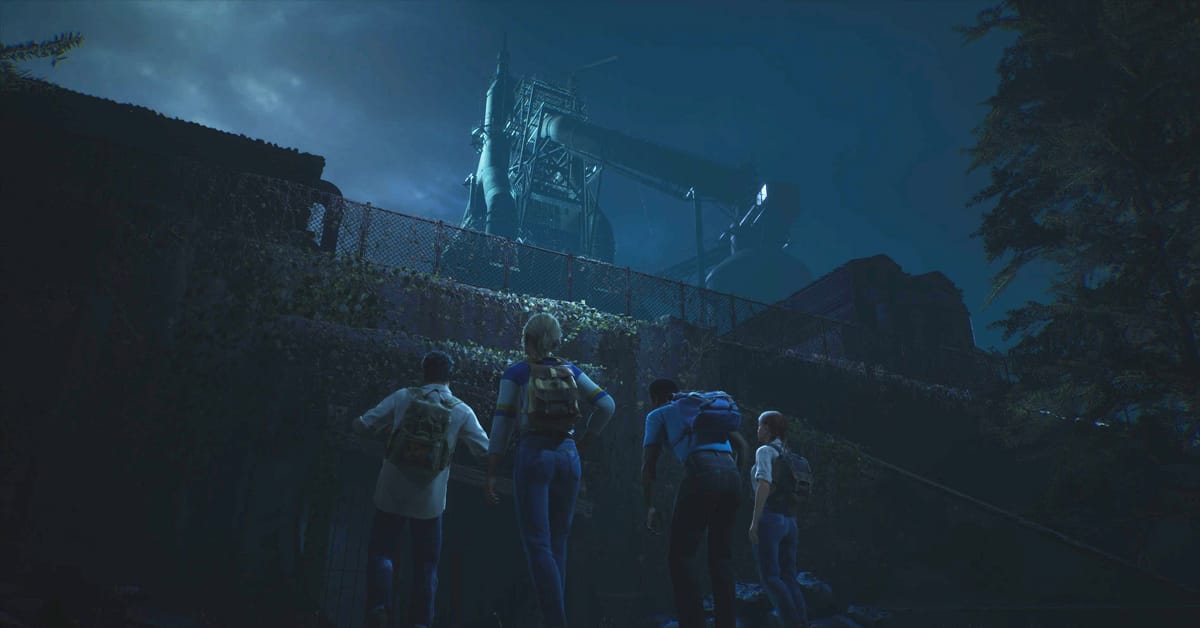Some things in life are certain. The sun rises every day, I will never finish Blue Prince (not for lack of trying), and I will buy every single Supermassive Games title only to rate it somewhere between a 7 and an 8. My reviews of House of Ashes and The Devil in Me are proof of that.
That’s why I always wait for a good discount. They’re never masterpieces worth paying full price for. But they are games I consistently enjoy, and at their reduced cost they always feel worth it.
So when I heard The Casting of Frank Stone was up for grabs for €10 in the PS Store, I didn’t hesitate. The question was: would this horror game, set in the Dead by Daylight universe, also be another shot that lands… close enough to the bullseye?
Three Different Eras, Tied Together by One Unwelcome Thread
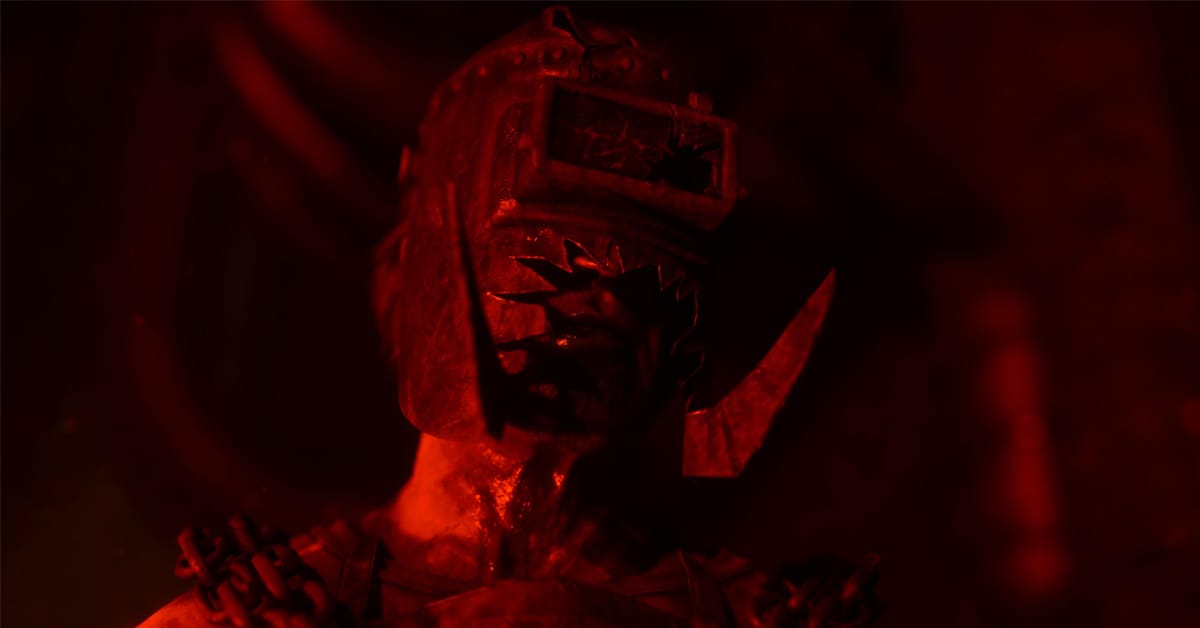
As is often the case with this developer’s games, things kick off with a short, unsettling scene that introduces us to the lurking evil. The Casting of Frank Stone is no exception. We begin in 1963, playing as police officer Sam, who has a grisly encounter with serial killer Frank Stone in the abandoned Cedar Steel Mill.
After an intense showdown, Sam manages to put an end to the murderer. But of course, the trail of carnage doesn’t stop there, otherwise this game would’ve been even shorter than it already is.
We then leap forward in time to 2024, where we meet Madison, plagued by recurring nightmares. Alongside Stan and the renowned filmmaker Linda, she’s been mysteriously invited to Gerant Manor. None of the three really seem to know why.
The third and most prominent era is 1980. And true to form, Supermassive Games wouldn’t be Supermassive Games without handing us control of a group of teenagers or young adults. Here we follow ambitious filmmakers Chris, Linda, and Jaime as they shoot a horror movie titled Murder Mill inside the Cedar Steel Mill, inspired by Frank Stone’s bloody legacy.
And in proper horror-movie fashion, the group includes one character who had me thinking right away: I wouldn’t exactly shed a tear if my finger “slipped” during a quick-time event. Chris is that classic horror stereotype you curse for their reckless decisions, or simply for being plain irritating. In this case, both apply.
Anyway; all three time periods are tied together in interesting ways, with Frank Stone serving as the common thread (or threat). It’s up to you to keep your characters alive for as long as possible. Or not, of course. That depends on your intentions, and your reflexes.
Simple Gameplay, but Skill Checks Keep You Alert
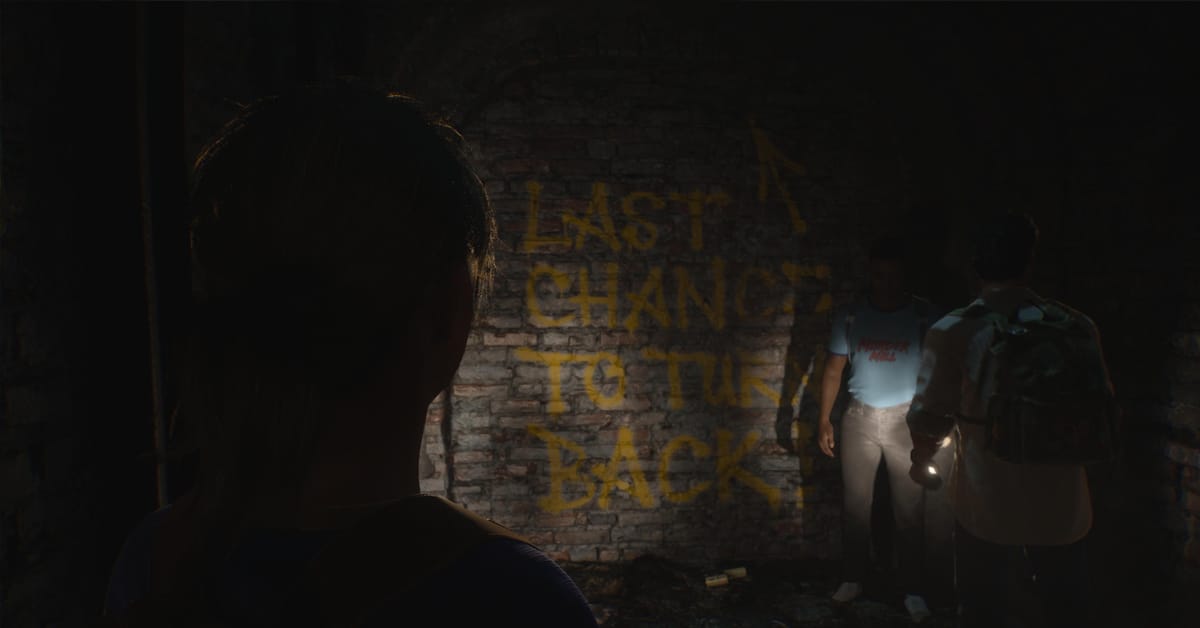
The gameplay is straightforward. You step into the shoes of different characters and guide them in third person through eerie environments. You can interact with nearby items, which are conveniently outlined. The path forward is never too complex and sometimes even clearly marked (yellow paint haters will wince at the screenshot above).
You can stray slightly from the obvious routes, and doing so rewards you with collectibles. Once you reach the point the game wants you to, a cutscene takes over.
Here you regularly make choices for whichever character you are currently controlling. These decisions shape how they interact with others or which action they take, which in turn influences the story and the fate of themselves or those around them.
On rare occasions you might drag a container to reach a higher platform, but navigation never gets more challenging than that.
What does bring some tension are the new skill checks. Where earlier Supermassive Games titles leaned heavily on quick time events that had you press the right button in a flash, The Casting of Frank Stone tweaks the formula a bit.
“I tend to lean back during cutscenes and drift into a kind of chill mode, but that habit will send characters to their death here.”
During dangerous moments, a needle sweeps across a meter, and you need to stop it at the right spot by pressing X. I played on the Survivor (medium) difficulty, where the timing window is fairly generous. Still, these events can catch you off guard, and missing them is all too easy if you let your attention slip.
I tend to lean back during cutscenes and drift into a kind of chill mode, but that habit will send characters to their death here. It forces you to stay focused and keeps you perched on the edge of your seat (provided you care about the characters’ survival).
There is one other action outside of cutscenes: “filming” the threat that is chasing you. This is a matter of aiming and holding down a button. It is too simple and repetitive to ever feel threatening, turning what should be adrenaline-pumping moments into little more than distracting interruptions.
Fortunately, the weight of the decisions more than makes up for it.
I Never Get Tired of Making Decisions

At home I don’t get much say in things, which might explain why I enjoy making decisions in games so much (and if my fiancée happens to read this: just kidding, of course).
What makes these games fun is that the choices are rarely as simple as “pick option A to save this character, or option B to save that one.” During this ten-hour adventure I lost several characters along the way.
When I looked back afterward at what had caused those deaths, I was surprised at how much happens under the hood. One character died without me being given any apparent chance to save her, or at least that’s what I thought. There was no quick time event, no obvious decision point.
Later I discovered that a chain of earlier choices had quietly closed off her possible escape routes, making it seem as if her death was scripted and unavoidable. It wasn’t.
I find it fascinating to trace how interactions and actions ripple through the story, colliding in ways you don’t expect. That butterfly effect element is exactly why I keep coming back to these games.
Relationships Are Always Fun to Watch and Mess With

Another key factor that shapes each character’s fate is the relationship they have with others. Like in every Supermassive Games title, these bonds are tracked in a menu, where you can see exactly which decisions led to the current state of affairs.
Sometimes a relationship starts off on the wrong foot but can still be repaired, and sometimes the opposite happens. Characters respond differently to one another depending on the personality you steer them toward.
I felt most connected to the characters from 2024. My version of Madison and Linda developed a chemistry that was genuinely enjoyable to watch. The third character, Stan, was a real pain in the ass, but his obnoxiousness was delivered with such charm that he often made me laugh.
Unfortunately, I felt less invested in the characters we spend the most time with: the group of teenagers in 1980. And that wasn’t the only aspect of The Casting of Frank Stone that left me a little disappointed.
These Games Are Never About Exploration but the Casting of Frank Stone Takes It to the Extreme

I never expect deep, intricate level design from Supermassive Games that encourages me to comb through every dark corner of their worlds (though it would be nice). That is not the type of game they make, and I do not hold it against them.
Still, I do think the developers could have done more with the spaces they guide us through.
Any experienced gamer can sense where the “main path” is leading and knows it is usually worth taking a few detours first to scoop up side content.
That is also the case in The Casting of Frank Stone, except here those detours only ever lead to one thing: collectibles, such as a creepy doll collection or random trinkets.
“After a while I realized all I would ever find were meaningless trinkets, so I simply began walking straight toward the objective.”
For trophy hunters that might be entertaining, but for players like me who care little for collectibles, it hardly motivates thorough exploration. After a while I realized all I would ever find were meaningless trinkets, so I simply began walking straight toward the objective.
I would have liked to be rewarded more for these small optional excursions. Something simple (and admittedly cliché) like scattered diary entries from Frank Stone would have been enough, or more documents that shed light on his mind and on past events. That alone would have made me search the levels more carefully.
Or better yet, weapons. In other Supermassive titles you could sometimes discover hidden weapons that later saved a character at a crucial moment. That mechanic would have added real weight to exploration and kept it interesting.
The one exception here was a cassette tape that could be played on a radio to reveal extra plot details.
The Scariest Thing Was the Framerate
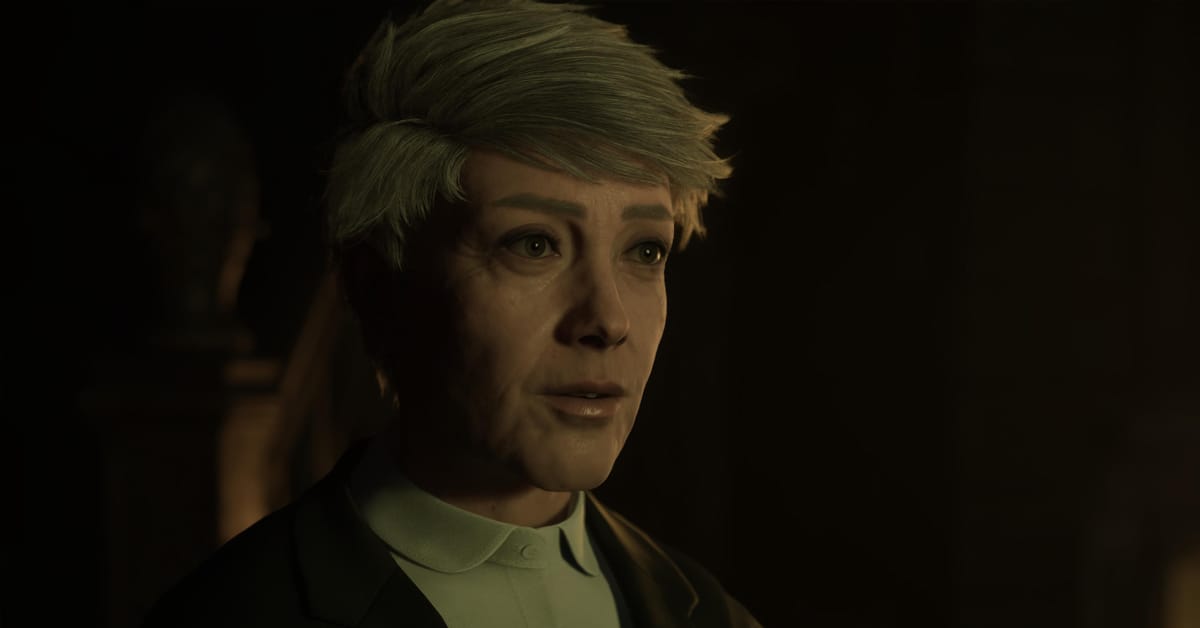
I have said it before: Supermassive’s current formula leaves little room for spontaneous horror in the actual gameplay. In their other titles they at least managed to make me jump now and then, whether during a cutscene, peering into a dark hallway, or squeezing through a narrow passage.
The Casting of Frank Stone is easily the least scary game the studio has made. There are few, if any, real jump scares, and it takes even longer than usual for the horror elements to really kick in.
As a result, the focus here leans more toward mystery and the occasional burst of gore rather than spine-tingling terror. That is not necessarily a downside for a coward like me, but I was still a little disappointed. The biggest horror this game offered was the framerate, which was far from stable throughout.
Some Loose Scraps

- Dolls are always creepy, but the ones you find in this game are the last thing you would want to give to a kid.
- A group of teenagers stumble onto things that somehow escaped a full police investigation. A classic “just roll with it” horror trope you are not supposed to think too hard about.
- Is there a single Supermassive Games title where we don’t get that camera angle showing our group being watched from a distance?
- The next Supermassive Games title, Directive 8020, is set to release in the first half of 2026.
- Madison is voiced by Díana Bermudez, who also played the Dream Visitor/The Guardian in Baldur’s Gate 3 and Raven in Stellar Blade.
- Linda is voiced by Lucy Griffiths, who also appears as Alva in Eriksholm: The Stolen Dream.
- Andrew Wheildon-Dennis provides the voice of Jaime. He also played the protagonist in Blue Prince (did he even have any lines? I might not have made it that far…).
Conclusion
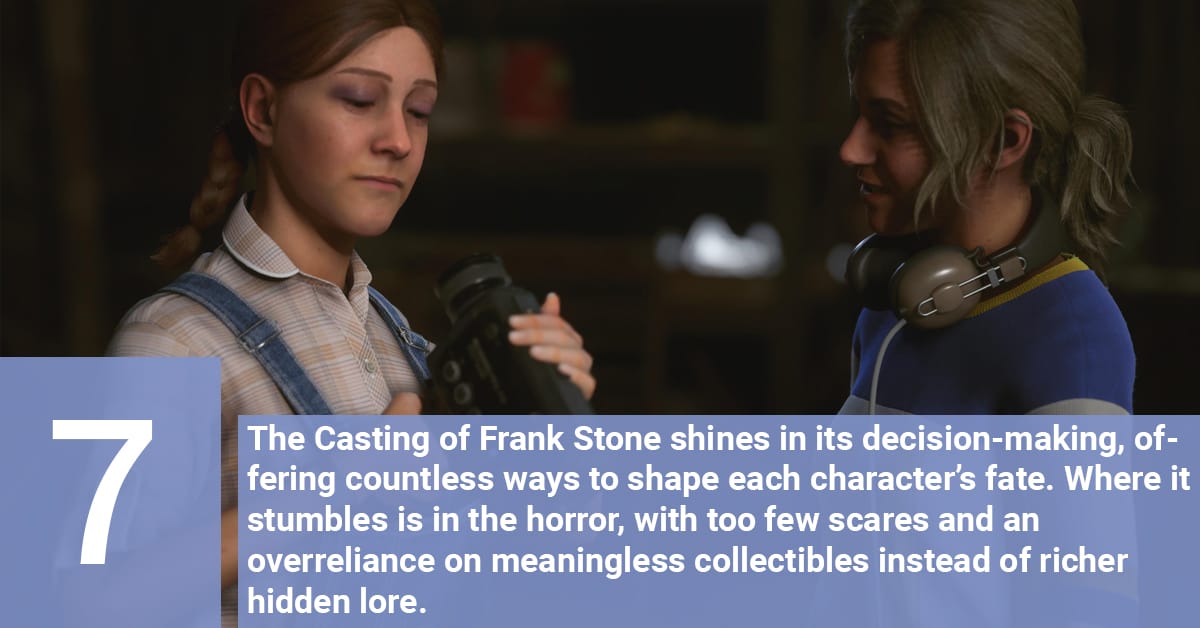
The Casting of Frank Stone is far from Supermassive Games’ best work, but it still delivers a ten-hour ride that is entertaining enough.
As always, the strongest element is the decision-making. Even the smallest, seemingly insignificant choices can shape the fate of the characters, with countless possible outcomes that give the game real replay value.
Where it falls short is on the horror front, and I would have loved to see more hidden lore woven into the world instead of a pile of meaningless collectibles.

